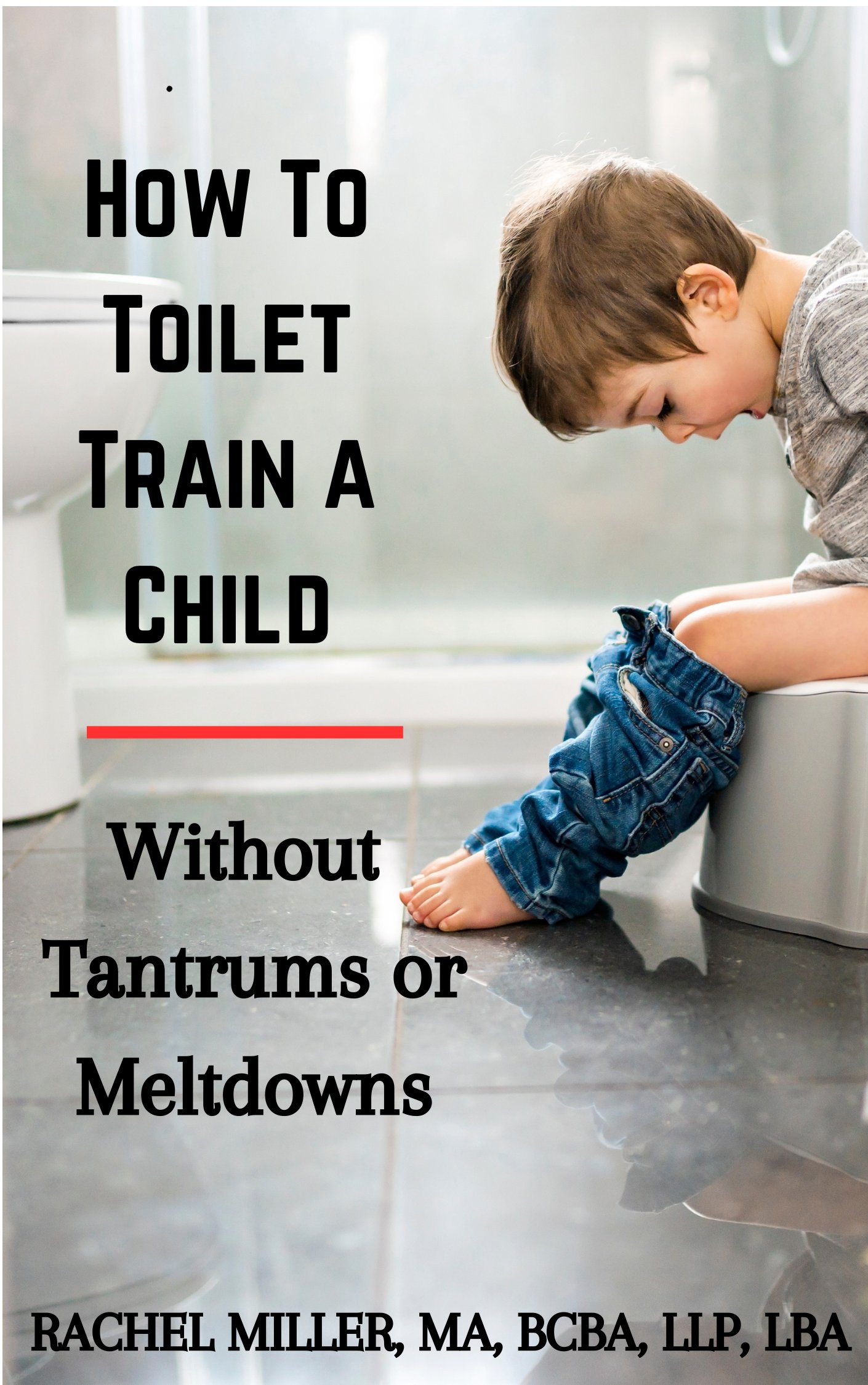Time Out for Toddlers and Older Kids
Child Discipline Methods

Learn the best way to implement time out for toddlers and older kids, after tantrums, aggression or other undesirable behaviors. Dealing with a child behavior problem can be frustrating, but it doesn’t always have to be. The most important part about using this technique is remaining consistent and always following through. Simply follow the steps below whenever the behavior is displayed.
I also always like to mention, it's important to make sure behavioral problems are not due to other reasons, such as lack of sleep, hunger, food allergies or medication side effects. Reading my eBook is a great way to learn what may be an underlying cause for meltdowns and other undesirable behaviors. Once you have ruled out any of these possibilities, time outs for toddlers and older kids become so much easier to implement!
Many parents may attempt to do time out for toddlers and older kids, but after they put up even a small fight, they give up. Most kids are going to put up a fight no matter what consequence you choose, so you have to decide what not only works best for your child, but what also works best for you. I personally like the Parenting with Love and Logic books, but I know it can be difficult to apply the techniques at times.
For some it is easier to have specific steps to follow when disciplining children and the Parenting with Love and Logic books require more creativity in determining what consequences to give. I still highly recommend reading them to use along with time out for toddlers and older kids, which when all techniques are combined it is likely to substantially help with any behavior problems including following directions and disrespectful behavior.
Effective Time Out for Toddlers
and Older Kids
How to Begin: Start on a day that you are going to be home the entire day and if possible the entire next day. Tell your kids (if 2 and older), that from now on you will be putting them on a specific chair/step if they do any of the behaviors you typically have a problem with. Specifically state each behavior (e.g. hitting, kicking, refusing to follow directions, back talking etc.).
Choose a Place to Do the Time Out for Toddlers and Older kids: Pick a chair in the corner of the room, a mat on the floor, step or some other designated area as your spot and show it to your kids. If you have ever watched Supernanny, I think it is a great show to see the effort involved in getting this method to work and the results from doing them consistently.
However, I don’t really like calling the spot a “naughty chair” or the “naughty step.” I just personally feel it can lead to kids labeling themselves as naughty when you really just want to focus on the behaviors that are bad not them being bad.
Step 1 Give a Warning: Generally, for mild behaviors such as back talking or refusing to follow directions you may choose to give one warning. Ex. If you talk to me that way again OR if you do not stop doing that, you will go in time out. For very serious behaviors that seriously harms another person, you may choose to just immediately put them there without a warning.
Step 2 Implementing the Time Out for Toddlers and Older Kids: If the child does the behavior again, or does any kind of serious behaviors. Take them silently to the area you have designated. The general guideline is one minute per year old.
I personally really like using a visual timer that lets them see how long until it's going to be over. It’s especially great if you need to restart the timer because they are not cooperating. This is the one I like to use!

What to Do When they Refuse: When you first try this method, you may expect them to refuse or to engage in other behaviors as a way to avoid going. They might run away, laugh and make silly faces or noises while sitting in the chair. They might hit and kick you on the way to the chair.
Ignore all other behaviors and continue to put them back on the chair/spot anytime they try to leave restarting the timer each instance. This can take multiple times of placing them in the spot. On Supernanny it can take more than one hour and require more than 50 times of placing them there. Stay Strong! You CAN do this! It WILL pay off! This is why you start to do this when you have an entire day to establish this child discipline method.
Restart the Timer: Whenever they leave the spot, restart the timer. Simply say, “That is so sad, it looks like I will have to restart the timer.” This may take multiple times of doing this, mainly on the first day, as long as you are consistent.
I also think for older children (5 and up) it is appropriate to restart the timer if they are talking, making silly faces, or noises etc. The goal is to have a time out for toddlers and older kids that require them to sit appropriately and quietly. It’s not really effective if they seem to be having fun while they are doing it.
When it's Over: When the timer goes off, go over to your child and ask them why they were put there. You may need to facilitate this somewhat. Encourage them to apologize to you and any offended person and/or encourage a child to say, “Would you forgive me?” if it appears they are not necessarily sorry. It's important for them to learn necessary steps to resolving a situation when they've hurt another person.
This gives you the opportunity as a caregiver or parent to say, “Of course I forgive you.” It also teaches them how to handle a situation in which they did something that requires forgiveness, without necessarily having to say they’re sorry when they may not be.
Attempt to try and get them to tell you what they SHOULD do in the future. You may even choose to do some role play, acting out the same situation and then prompting them on how to respond. For example, if the situation happened because you turned the TV off, you may say, we are going to practice me turning the TV off and you saying "Okay mommy!" 5 times. This helps build muscle memory for them to know how to respond better in the future.
If they hit their sibling because they didn't want to share, you might have them practice saying, "My turn first, then your turn." or saying "Can I have that when you are done?" This of course all depends on their ability to talk and understand what you are teaching them.
I have also found that it is great to use this method for kids that have difficulties following directions. Although, if you have kids with other serious behaviors, start with using it for those first and then consider using it to encourage direction following. This may not be an appropriate method of time out for toddlers.
We were having a lot of difficulties with our oldest son and I even admit that I was getting very frustrated. I hated nagging and asking multiple times only to come back and find that he STILL had not gotten dressed like I had asked.
So, we started giving warnings… “If you do not get dressed in the next 5 minutes or you do not brush your teeth, you will go in time out.” It took a couple times at first, but now he is much better at following directions when I first ask and on occasion still needs a warning.
You may also try other positive behavior supports to make things as reinforcing as possible for the good days that they are doing well. For this you can use a behavior chart in conjunction with time out for toddlers and older kids, and give them a star for each good day they have. After they have earned a certain number of stars you can reward with special activities and toys. Also, in addition to using time out for toddlers, be sure to check out my page with other ways to discipline a child!
If you haven't already, be sure to check out my ebooks, now on Amazon!

